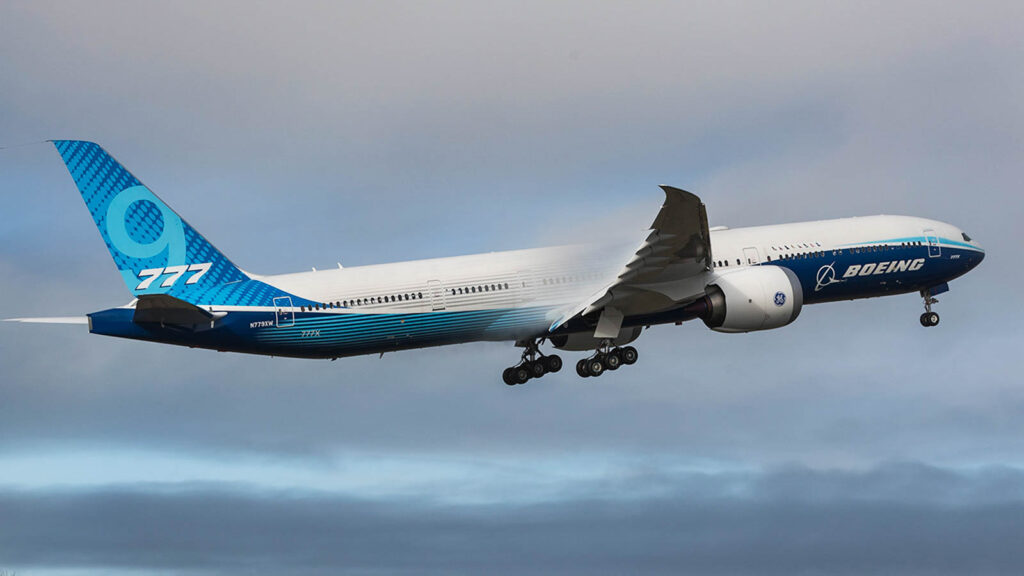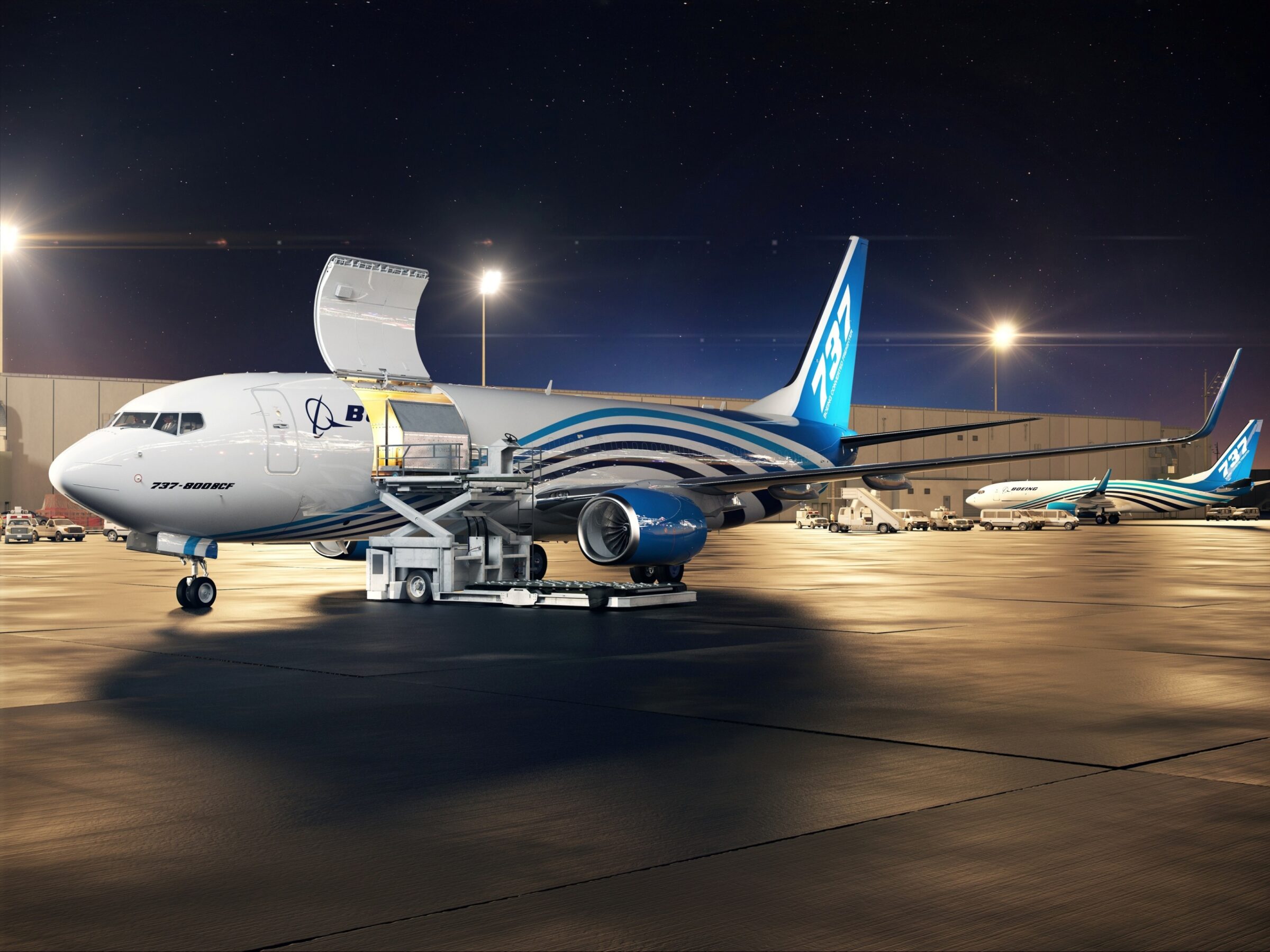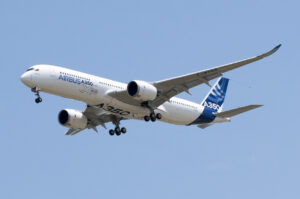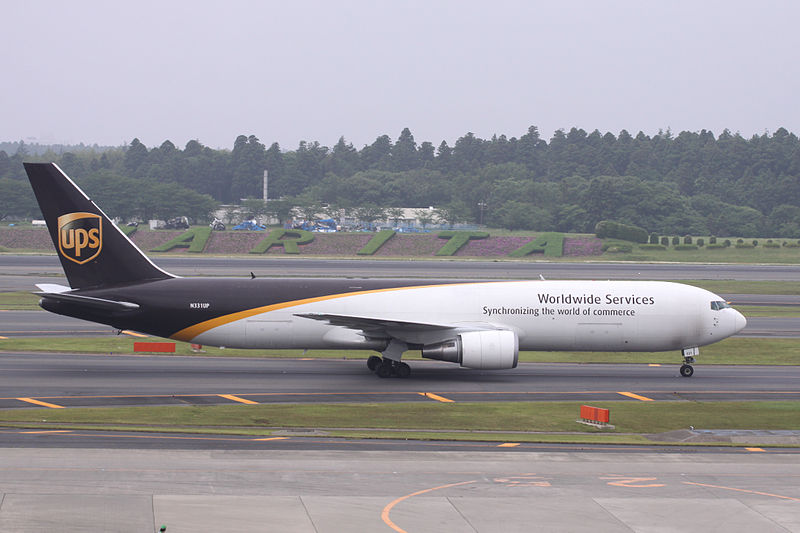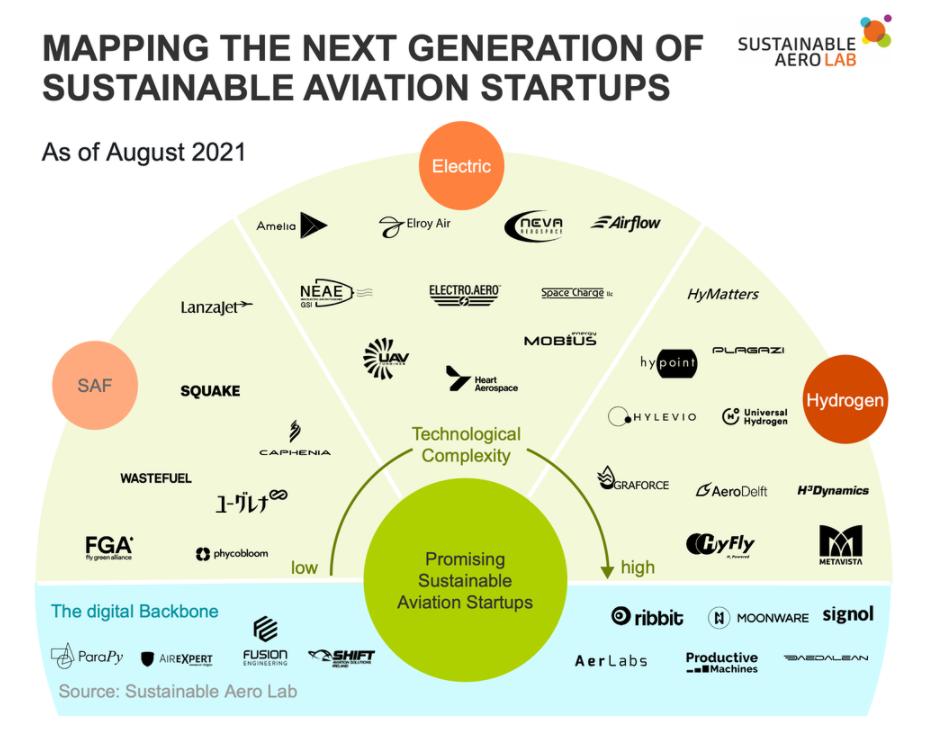Leeham News and Analysis
There's more to real news than a news release.
 Leeham News and Analysis
Leeham News and Analysis
- The Boeing 767 Cross Section, Part 1 November 24, 2022
- Movie Review: Devotion November 21, 2022
- China will accelerate development of its commercial aerospace sector November 21, 2022
- Bjorn’s Corner: Sustainable Air Transport. Part 46. eVTOL comparison with helicopter November 18, 2022
- The economics of a 787-9 and A330-900 at eight or nine abreast November 16, 2022
Air Wars: The Global Combat Between Airbus and Boeing
By Scott Hamilton
Sept. 7, 2021, (c) Leeham News: My book, Air Wars: The Global Combat Between Airbus and Boeing, is now available on Amazon.
Three years in the making—delayed by the need to include the Boeing 737 MAX crisis and the impacts of Coronavirus—Air Wars is a combination of a biography of John Leahy and the 1982 book, The Sporty Game. The Sporty Game was considered the definitive book about the competition between Boeing, McDonnell Douglas and the young Airbus.
Leahy worked for Airbus for 33 years, 23 of them as the chief commercial officer for the company. Throughout executive turmoil at Airbus, and at Boeing, Leahy was the one constant salesman. Boeing officials were slow to recognize the threat Airbus and Leahy presented. The wake-up call, according to a top Boeing salesman at the time, was the 1992 order from United Airlines for Airbus A319s and A320s. United considered the airplanes superior to the 737-300/400. The order prompted Boeing to develop the 737 NG. From there, the global combat became a “bare-knuckle brawl,” as journalist Dan Catchpole put it this week.
for Airbus for 33 years, 23 of them as the chief commercial officer for the company. Throughout executive turmoil at Airbus, and at Boeing, Leahy was the one constant salesman. Boeing officials were slow to recognize the threat Airbus and Leahy presented. The wake-up call, according to a top Boeing salesman at the time, was the 1992 order from United Airlines for Airbus A319s and A320s. United considered the airplanes superior to the 737-300/400. The order prompted Boeing to develop the 737 NG. From there, the global combat became a “bare-knuckle brawl,” as journalist Dan Catchpole put it this week.
Executives and salesmen from Airbus and Boeing were interviewed for Air Wars. So were industry leaders. My own archival resources and reporting were used as well.
The result is a book that describes the successes and failures of Airbus, Leahy, and Boeing. It describes how Bombardier came out of nowhere to become a threat initially dismissed by Boeing—but recognized by Airbus. Air Wars describes the sales campaign that launched the A380 and killed the proposed 747-500/600—but led Boeing to the 787.
Air Wars begins with the crucial sales campaign with American Airlines that led to the decision by Boeing to launch the re-engined 737 program—which later was branded as the 737 MAX. The book also dispels the myth that Boeing was hasty in designing the re-engined 737.
Many untold stories are in Air Wars, including sales campaigns, product strategy decisions and personal anecdotes about Leahy—including how McDonnell Douglas tried to recruit Leahy from Airbus in the early 1990s.
A synopsis of the book is below.
Posted on September 7, 2021 by Scott Hamilton
Pontifications: David Joyce fills key void on Boeing’s Board
Sept. 6, 2021, © Leeham News: Last week’s election of David Joyce to the Boeing Board of Directors fills a glaring hole of talent and expertise that’s been missing from the Board for years.
Joyce, an outside director, brings commercial aviation and engineering experience to a Board that has been dominated by political, defense and financial expertise.
Following the two 737 MAX crashes in October 2018 and March 2019, the Board came under criticism—including from LNA—about the lack of technical, commercial, engineering and pilot representation. The 2018 Board had one commercial airline expert, from the executive suite: Lawrence Kellner, the former CEO of Continental Airlines. David Calhoun worked for GE for 26 years for the transportation, aircraft engines, reinsurance, lighting and other GE units. He left GE in 2006. From that point forward, Calhoun focused on finance industries. Dennis Muilenburg, an engineer, came from Boeing’s defense side.
But, as the table below illustrates, the 13-member Board was top-heavy with other disciplines.
Posted on September 6, 2021 by Scott Hamilton
777X demand grows ever less certain
Subscription Required
By the Leeham News Team
Introduction
Sep. 6, 2021, © Leeham News: As Boeing slogs through an increasingly deep obstacle path to getting its beleaguered 777X into service, questions are growing around the airplane’s true demand and whether Boeing can ever break even on the program.
The manufacturer classifies 74 orders as questionable under the ASC 606 accounting standard. Boeing now counts only 246 777X orders as firm. It now expects entry into service to occur in late 2023, although key customer Emirates Airline believes this is more likely to be early 2024.
There are officially still eight identified customers for the passenger 777X: ANA, British Airways, Cathay Pacific, Emirates, Etihad, Lufthansa, Qatar Airways, Singapore Airlines. But COVID-19 is forcing major network carriers like these to rethink their long-term growth plans. Increasing competition in Europe and Asia over a likely permanently smaller set of business travelers means even fewer of these orders are likely to remain intact.
Boeing CEO David Calhoun recently said a freighter version of the 777X might replace today’s 777F. New ICAO noise and emission standards mean that the 777F and 767-300ERF, can’t be produced after 2027. But it’s unclear whether the 777-8F — a program that hasn’t been launched — will be ready by 2028.
Summary
- Passenger 777X is troubled by permanent loss in premium traffic, poor financial risk profile.
- 777X freighter demand is limited by 777F classic market size, P2F conversion feedstock.
- The air cargo market will revert to historical norms.
Posted on September 6, 2021 by Judson Rollins
Bjorn’s Corner: The challenges of airliner development. Part 19. Test rigs for ground and air use
September 3, 2021, ©. Leeham News: Last week, we looked at the Certification Compliance Planning we do concurrently with Detailed Design, Figure 1.
It’s now time for us to work on our Test rigs and systems for ground and flight testing. We need to get these defined before we freeze the aircraft’s configuration and start making our flight test aircraft.
Posted on September 3, 2021 by Bjorn Fehrm
The single-aisle freighters, 737-800BCF versus A320P2F.
Subscription Required
By Bjorn Fehrm
Introduction
September 2, 2021, © Leeham News: In our series about freighters, we now look at domestic single-aisle freighters based on the Boeing 737-800 and the Airbus A320. The 737-800BCF is the follow-on small Boeing freighter conversion from the 737-400, as more 737-800 passenger feed-stock becomes available.
There is also ample feed-stock of older A320-200 with market values that make these interesting as a P2F freighter.
Which one of the two offers the lowest costs per tonne-km? We use our performance model to find out.
Summary
- Both the 737-800 and A320 older aircraft are available at prices that make freighter conversions attractive.
- Which of these freighters has the best operating economics, and what is the difference in capacity?
Posted on September 2, 2021 by Bjorn Fehrm
Rejuvenating the current in-service cargo fleet
Subscription Required
By Vincent Valery
Introduction
Aug. 30, 2021, © Leeham News: The COVID-19 pandemic lingers on passenger airlines, delaying a full traffic recovery. At the same time, the freighter market is very active and shows no signs of abating.
A surplus of passenger aircraft and record cargo demand means that passenger-to-freighter conversion lines are firing on all cylinders. On top of the existing Boeing 757 and 767 lines, new ones are coming online to convert Airbus A321s, A330s, and 777-300ERs.
Airbus launched the A350F program while Boeing is pondering a 777X-F program. Airbus is also discussing the launch of a factory A321F. The European OEM wants to increase its footprint in a Boeing stronghold.
Boeing also keeps accumulating new freighter orders at a healthy pace.
While some factory-built and converted freighters will be for growth, a significant portion will replace older in-service aircraft.
To complement the ongoing series comparing the economics of freighter aircraft and analysis of historical deliveries, LNA now examines the current in-service fleet. Analyzing aircraft in operation will help determine the most promising replacement opportunities for converted and factory freighters.
Summary
- Overall jet freighter fleet view;
- Significant single-aisle replacement opportunities;
- One market concentrates most small dual-aisle fleet;
- One large freighter fleet up for replacement;
- A factor that could accelerate replacements.
Posted on August 30, 2021 by Vincent Valery
Pontifications: IAI moves to cement lead in 777 P2F conversions
- IAI, Etihad ink Boeing 777-300ER P2F deal.
- De Havilland union sniffs kerosene.
Aug. 30, 2021, ©Leeham News: The agreement last week between IAI and Etihad Airways to open a Boeing 777-300ER P2F conversion line in Abu Dhabi gives a major boost to the burgeoning program.
In addition to the history-making tie-up between an Israeli company and the United Arad Emirates, and a commitment by Etihad to convert 777s to freighters with IAI, the move is a major coup for IAI to win other Arab airline business.
IAI and the former GECAS, which was acquired by AerCap, launched the first 777 P2F program in 2019. GECAS ordered 15 conversions of the -300ER and optioned 15 more.
Posted on August 30, 2021 by Scott Hamilton
Bjorn’s Corner: The challenges of airliner development. Part 18. Certification work after program launch.
August 27, 2021, ©. Leeham News: Last week, we started looking at our work during the Detailed Design phase after Product Launch. We outlined the exacting work needed to design all parts of the aircraft and how we must keep everything in sync.
An essential part of keeping everything in sync is the Certification Compliance Planning we do in this phase, Figure 1.
Posted on August 27, 2021 by Bjorn Fehrm
The factory freighters, Boeing’s 767-300F versus Airbus’ A330-200F
Subscription Required
By Bjorn Fehrm
Introduction
August 26, 2021, © Leeham News: In our series about freighters, we try to understand why the Boeing 767 factory freighter, the 767-300F, has outsold the Airbus entry, the A330-200F, six to one. In the passenger variants, the Airbus A330 is the more popular model with a 30% delivery advantage.
We model the freighters to understand any technical and operating economics differences; then we complement with market observations.
Summary
- The Boeing 767 freighter is the market’s most successful widebody freighter after the Boeing 777F.
- It has, over the years, trumped the Airbus entry, A330-200F six to one in sales and five to one in deliveries. We investigate why?
Posted on August 26, 2021 by Bjorn Fehrm
Sustainable Aero Lab disqualifies “Greenwash” investments
By Bjorn Fehrm
August 25, 2021, ©. Leeham News: Times change and the use of words with it. Today, the hundreds of UAM Air Taxi projects talk about how “environmentally friendly” this mode of transportation is, and Boom’s Overture is “the most Sustainable supersonic airliner.” The aerospace media recently focused on how we now have “Space Travel for everyone (in possession of the necessary pocket change).”
The head of Sustainable Aero Lab, Stephan Uhrenbacher, disqualifies these investments in a study on where to invest in fixing air transport’s pressing problems: “The startups receiving the most attention in aerospace recently have been doing space travel and urban air taxis. While these products make for exiting flying objects and satisfy human desire, neither air taxis nor putting more people in space address the problem facing commercial aviation: Flying needs to become carbon-free. And this needs to happen much faster than most people in the industry believe. It opens room for startups to provide components for future aircraft or even entire planes, but also new modes of operation.”
Email Subscription
Twitter Updates
My TweetsAssociations
Aviation News-Commercial
Commentaries
Companies-Defense
Resources
YouTube
Archives
- November 2022
- October 2022
- September 2022
- August 2022
- July 2022
- June 2022
- May 2022
- April 2022
- March 2022
- February 2022
- January 2022
- December 2021
- November 2021
- October 2021
- September 2021
- August 2021
- July 2021
- June 2021
- May 2021
- April 2021
- March 2021
- February 2021
- January 2021
- December 2020
- November 2020
- October 2020
- September 2020
- August 2020
- July 2020
- June 2020
- May 2020
- April 2020
- March 2020
- February 2020
- January 2020
- December 2019
- November 2019
- October 2019
- September 2019
- August 2019
- July 2019
- June 2019
- May 2019
- April 2019
- March 2019
- February 2019
- January 2019
- December 2018
- November 2018
- October 2018
- September 2018
- August 2018
- July 2018
- June 2018
- May 2018
- April 2018
- March 2018
- February 2018
- January 2018
- December 2017
- November 2017
- October 2017
- September 2017
- August 2017
- July 2017
- June 2017
- May 2017
- April 2017
- March 2017
- February 2017
- January 2017
- December 2016
- November 2016
- October 2016
- September 2016
- August 2016
- July 2016
- June 2016
- May 2016
- April 2016
- March 2016
- February 2016
- January 2016
- December 2015
- November 2015
- October 2015
- September 2015
- August 2015
- July 2015
- June 2015
- May 2015
- April 2015
- March 2015
- February 2015
- January 2015
- December 2014
- November 2014
- October 2014
- September 2014
- August 2014
- July 2014
- June 2014
- May 2014
- April 2014
- March 2014
- February 2014
- January 2014
- December 2013
- November 2013
- October 2013
- September 2013
- August 2013
- July 2013
- June 2013
- May 2013
- April 2013
- March 2013
- February 2013
- January 2013
- December 2012
- November 2012
- October 2012
- September 2012
- August 2012
- July 2012
- June 2012
- May 2012
- April 2012
- March 2012
- February 2012
- January 2012
- December 2011
- November 2011
- October 2011
- September 2011
- August 2011
- July 2011
- June 2011
- May 2011
- April 2011
- March 2011
- February 2011
- January 2011
- December 2010
- November 2010
- October 2010
- September 2010
- August 2010
- July 2010
- June 2010
- May 2010
- April 2010
- March 2010
- February 2010
- January 2010
- December 2009
- November 2009
- October 2009
- September 2009
- August 2009
- July 2009
- June 2009
- May 2009
- April 2009
- March 2009
- February 2009
- January 2009
- December 2008
- November 2008
- October 2008
- September 2008
- August 2008
- July 2008
- June 2008
- May 2008
- April 2008
- March 2008
- February 2008



